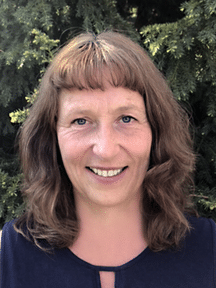Franziska Arni is an author for audio description and answers the most important questions about audio description in this guest article.
What is an audio description?
The term “audio description” (abbreviated AD) stands for an auditory description of what is visible. An audio description includes, for example, the description of actions, appearance of people and their facial expressions and gestures, landscapes, objects, moods, colors, and sounds.
In a separate audio track, the audio description describes what is to be seen in the dialog pauses in a work, such as a film or play. Music, singing, or sounds are also left open in places. The AD does not change the work, neither does it anticipate nor explain it. However, an AD describes as synchronously as possible everything that is necessary to understand what artists want to say with their choice of means and what they want to achieve with the viewer.
Who benefits from an audio description?
According to a 2020 study by the Swiss National Association of the Blind, approximately 377,000 visually impaired and blind people live in Switzerland. According to this, about every 25th person in Switzerland is medically visually impaired. Of these, only a small percentage are blind from birth.
This means that many still have a small amount of residual vision. Some still remember colors, shapes, patterns, light effects, landscapes, typical gestures, and facial expressions.
An AD enables blind and visually impaired people to follow an action, associate sounds, and access information on an equal basis. With an AD, people with a visual impairment can participate in arts, culture, and education independently of others.
An AD also represents added value for sighted people.
Described films are also suitable for language and knowledge acquisition, for example – because everything is described precisely. Technical terms are mentioned and paraphrased at the same time.
Sighted viewers experience a change of perspective and benefit from described details that they might otherwise have missed. In an opera with supertitles, they can simply indulge in the musical enjoyment and still follow the message of an aria because the AD describes the content of the supertitles.
How is the text for an AD created?
Authors of audio descriptions are guided by the linguistic style of the work. The description should only complement the listener’s ear and not distract from the action and mood by its choice of words.
From the abundance of visual information, a coherent, meaningful, and attractive selection of elements relevant to the plot must be made. These elements, for example, different gaits and postures of a protagonist, different or typical landscape images, and important objects, create a very accurate picture in the listener.
It’s a multi-step process until a manuscript is ready for recording in the studio.
Ideally, two trained authors and one of whom is visually impaired or blind should work on the manuscript right from the start.
Together, the two authors watch and analyze the film. They research further information about specific eras, places, landscapes, buildings, objects, and the actors.
Scene by scene, the authors watch the film together. The sighted person describes to the blind or visually impaired author what can be seen in the scene. The blind person asks questions so that the team can later describe a scene as accurately as possible, mentioning what is relevant and formulating it in a way that creates a coherent context of the whole for visually impaired and blind people.
Subsequently, the text is fitted into the dialog gaps, as synchronously as possible with the action in the film, with the help of the time codes.
Sometimes there are only a few seconds to describe the most necessary information. Or it happens that because of the lack of speech gaps, the author brings an important piece of information earlier or later.
The motto is: “As much as necessary, as little as possible,” especially so that listening to the AD happens rather casually and comes across as pleasantly natural and attractive to consumers, but by no means exhausting. A good audio description invites you to linger and makes you want to hear more, even for sighted listeners.
Once each scene is described, an editor corrects the manuscript.
After that, the AD can be recorded in the recording studio by a professional narrator.
This new audio track is then mixed with the original audio track.
What is important when speaking?
The authors often only receive the specification from the clients in which language the AD text should be written. Based on the speakers in the film, the audio film authors determine whether a male or female voice fits the AD.
How exactly the voice should sound – i.e. whether high, medium, low, warm, neutral, factual or emotionally changeable – is decided by the author based on the available film material.
The recordings of the film in progress and the time-coded text passages demand some experience and the highest concentration from the speakers.
What challenges does the author team face?
The greatest challenges for the authors of audio descriptions are to select action-relevant elements as objectively as possible and the often very short speech gaps in the work.
The more precisely something can be described, the more adequate inner images and moods can be translated from the visible into the audible. The team, therefore, has to choose words that reflect in a high speech quality what sighted people can enjoy as well.
Raising awareness among institutions unfamiliar with audio description production also requires a great deal of education.
Audio description in Switzerland
With regard to audio-description services in the arts and culture sector, Switzerland is in the development phase.
Swiss Radio and Television are expanding the range of programs for people with a visual or hearing impairment to 45,000 hours (80%) by 2022. This corresponds to an offer of 900 hours of audio-described content during “prime time”.
In the performing arts, such as theater, opera, dance, there are currently only a few houses throughout Switzerland that offer performances with audio description. These include Zurich Opera House, Theater Orchester Bern Solothurn TOBS, Theater Basel, Theaterspektakel Zurich, Thunerseespiele.
There are also first museums that offer audio description.
In Switzerland, there are many agencies working to provide blind and visually impaired people with barrier-free access to art and culture. However, there is clearly still a need for public relations and commitment until the inclusion of sensory impaired people in our society has become a matter of course.
About Franziska Arni and imagoscript

Franziska Arni is an author for audio description and founder of imagoscript. Among other things, she wrote the audio film version for the film “Von Fischen und Menschen” by Stefanie Klemm. This film recently won the “Opera Prima” award at the Solothurn Film Festival.

